Padel, a thrilling racquet sport that combines elements of tennis and squash, has surged in popularity around the globe in recent years.
Originating in Mexico in 1969, Enrique Corcuera created the sport by modifying the traditional tennis game to fit the smaller court space available in his backyard.
The sport soon gained traction and expanded to other countries, evolving into the exhilarating and social game enjoyed by players of all ages today.
In this comprehensive guide, you'll discover what padel is, how to play, its rules, the gear and attire needed, and more. Let's embark on this exciting padel journey!
How to Play Padel:
Padel is a fast-paced, exciting racket sport played on an enclosed court with artificial grass, glass walls, and wire mesh fencing.
Designed for doubles, padel involves four players working together as two teams. The game features an underhand serve, with the server required to keep the ball below waist level.
Players must allow the ball to bounce once on their side before striking it, and they can strategically use the surrounding walls to their advantage, similar to squash.
Emphasizing teamwork and strategy over power, padel players focus on accurate placement and tactical plays to outsmart opponents and win points.
The sport follows the same scoring system as tennis and offers a thrilling, dynamic experience that caters to players of various skill levels.
- Played in doubles, with four players on the court
- Serve underhand, keeping the ball below waist level
- Allow the ball to bounce once on your side before hitting it, with the option to play it off the surrounding walls (similar to squash)
- Focus on teamwork and strategy, as power plays a secondary role in the game

Rules of Padel:
Padel rules combine elements from both tennis and squash, creating a unique and engaging sport. Played on an enclosed court with artificial grass, padel requires players to use solid, stringless rackets and a small, dense rubber ball.
Designed for doubles play, there are four players on the court, split into two teams. Serving is performed underhand, with the server striking the ball below waist level and aiming diagonally into the opponent's service box.
Once the ball is in play, it can be returned either directly or after bouncing off the surrounding walls. Each side is allowed one bounce per shot, and the ball must be struck before it hits the ground twice.
Padel follows the traditional tennis scoring system, and a match is won by securing two out of three sets.
The sport emphasizes strategy, teamwork, and precise placement, providing a fun and accessible challenge for players of all skill levels.
- Played on a smaller, enclosed court, surrounded by walls and fencing
- Scoring is identical to tennis, with points at 15, 30, 40, and then game
- A set is won by the first team to reach six games, with at least a two-game lead required
- Players have one serve attempt, and it must land in the opponent's diagonally opposite service box

Gear and Attire:
To enjoy a game of padel, players need the appropriate gear and attire for optimal performance and comfort.
Padel rackets, which are solid and stringless, are specifically designed for the sport, providing better control and maneuverability. A dense rubber ball, similar to a tennis ball, is used for play, with its lower bounce adapted to padel court surfaces.
Comfortable, moisture-wicking athletic clothing is recommended, allowing players to move freely and stay cool during the game.
Footwear plays a crucial role in padel, as players need shoes with excellent grip and support to navigate the artificial grass and make quick, agile movements.
Specialized padel shoes or multi-court tennis shoes are ideal choices, as they provide the necessary traction and stability.
Additionally, players may use accessories such as sweatbands, caps, or sunglasses to manage perspiration and protect against glare from the glass walls, ensuring a more enjoyable playing experience.
- Padel racket: solid, perforated, and without strings, typically made of composite materials
- Padel balls: similar to tennis balls but with less pressure, making them slightly slower
- Court shoes: non-marking, well-cushioned shoes designed for lateral movements, such as tennis or squash shoes
- Comfortable athletic clothing: opt for breathable, moisture-wicking fabrics to keep cool and dry during play

Padel Court Differences from Tennis:
A padel court is a unique playing surface that sets the sport apart from tennis, with distinct dimensions and features.
Measuring approximately 20 x 10 meters (65.6 x 32.8 feet), a padel court is roughly one-third the size of a tennis court, which allows for faster, more accessible gameplay.
The surface is covered in artificial grass, offering a softer, more consistent bounce compared to the hard, clay, or grass courts found in tennis.
Another significant difference is the enclosure of the padel court, consisting of glass walls and wire mesh fencing that players can strategically use during the game, similar to squash.
The court is divided into two halves by a net, with each half featuring a service box and a no-volley zone, known as the "forbidden zone," near the net.
While padel shares some common elements with tennis, such as the scoring system, the distinctive court design results in a dynamic, engaging playing experience that emphasizes strategy and teamwork over power and individual skill.
- Smaller dimensions: padel courts measure 20 x 10 meters, while tennis courts are 23.77 x 8.23 meters (for singles) or 23.77 x 10.97 meters (for doubles)
- Enclosed court: padel courts feature walls and fencing, allowing for wall play, unlike tennis courts
- Synthetic grass: padel courts typically have synthetic grass with a sand layer for better grip and shock absorption, whereas tennis courts use a variety of surfaces

Some Final Thoughts
What is Padel? It's a unique racket sport that has taken the sporting world by storm.
Much like tennis, players use rackets to hit a small, rubber ball back and forth over a net. However, unlike tennis, the court is smaller and enclosed by walls, adding a new dimension to the game.
This means that the ball bounces off the walls, making for some exciting and unexpected shots.
Padel has become so popular that it now has its professional tour, the World Padel Tour, featuring some of the best players from around the globe.
If you're a fan of tennis or racket sports in general, then padel tennis is worth checking out.
Padel is an invigorating and social racquet sport that offers a unique combination of tennis and squash elements.
As you explore what padel is and learn the rules, gameplay, and equipment required, you'll quickly understand why it's become a favorite among players worldwide.
Gather your friends, grab your gear, and hit the padel court for a fun-filled and engaging experience!
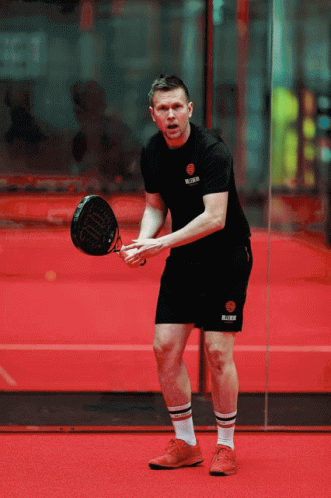
FAQs:
Is Padel easy to learn?
Yes, padel is beginner-friendly, with straightforward rules and techniques that are easy to pick up.
Can I play padel indoors and outdoors?
Yes, padel can be played both indoors and outdoors, with courts available in various settings, including clubs, parks, and sports centers.
What is the best padel racket for beginners?
A beginner should choose a padel racket with a round shape and a larger sweet spot, ensuring greater control and forgiveness on off-center shots.
How high is the padel net?
The padel net is set at a height of 36 inches at the center, sloping up to 37 inches at the posts.
Can I play Padel alone?
While Padel is designed for doubles to play, you can practice individual skills by hitting the ball against the walls or using a ball machine if available.
How do I find a padel court near me?
Check local sports clubs, parks, and recreation centers for padel facilities, or search online for dedicated padel court locators.
Are there different types of padel rackets?
Yes, like a tennis racket, there are three primary types of padel rackets: round, teardrop, and diamond-shaped, each offering unique benefits in terms of control, power, and round balance.
How is the padel ball different from a tennis ball?
While padel balls appear similar to tennis balls, they have slightly less pressure, making them slower and more suitable for padel's unique gameplay.
Is Padel suitable for all ages?
Yes, padel is suitable for all ages and offers an enjoyable, social experience for families, friends, and seniors.
What are the key strategies in Padel?
Effective padel USA strategies include maintaining a good court position, using the walls to your advantage, focusing on teamwork, and applying a combination of power, precision, and control in your shots.
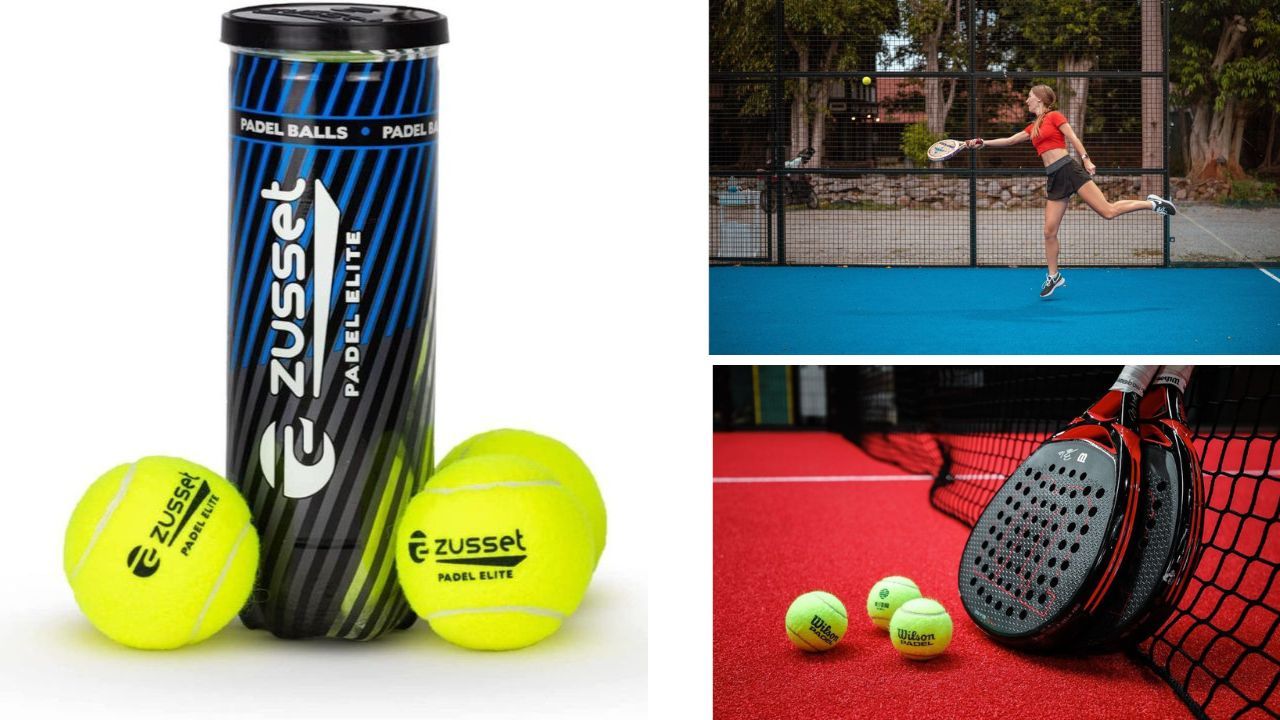
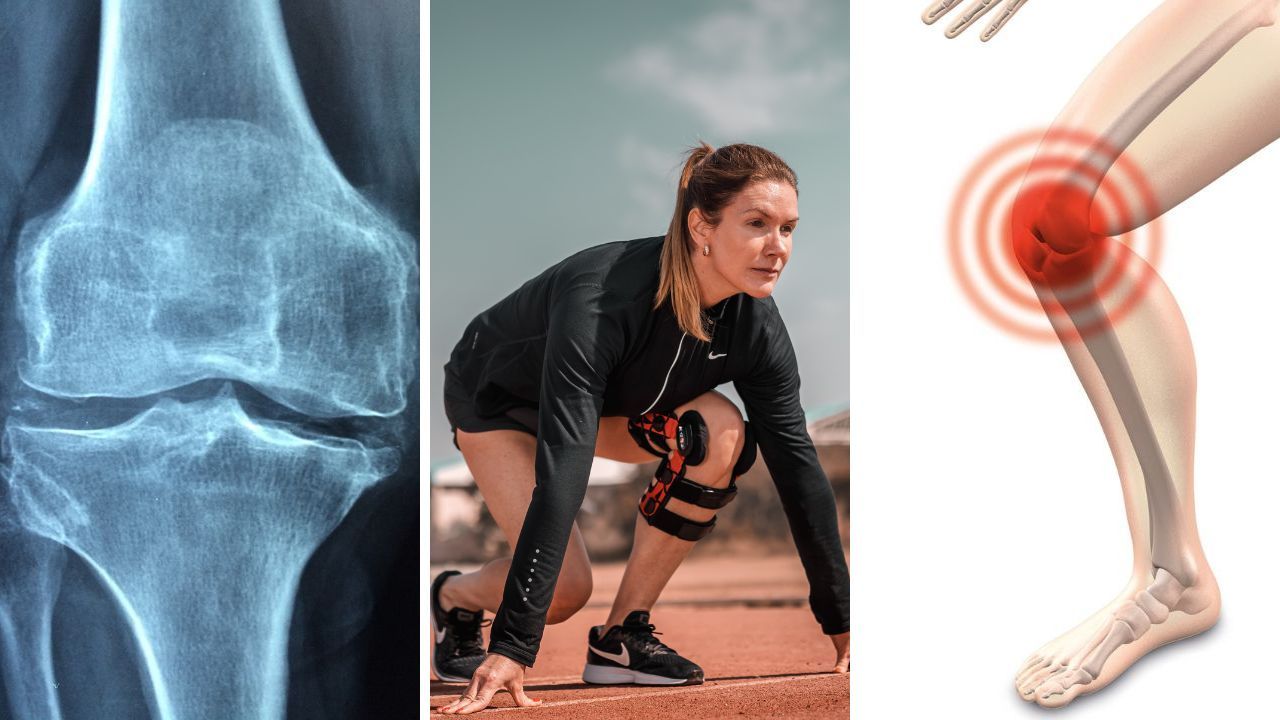




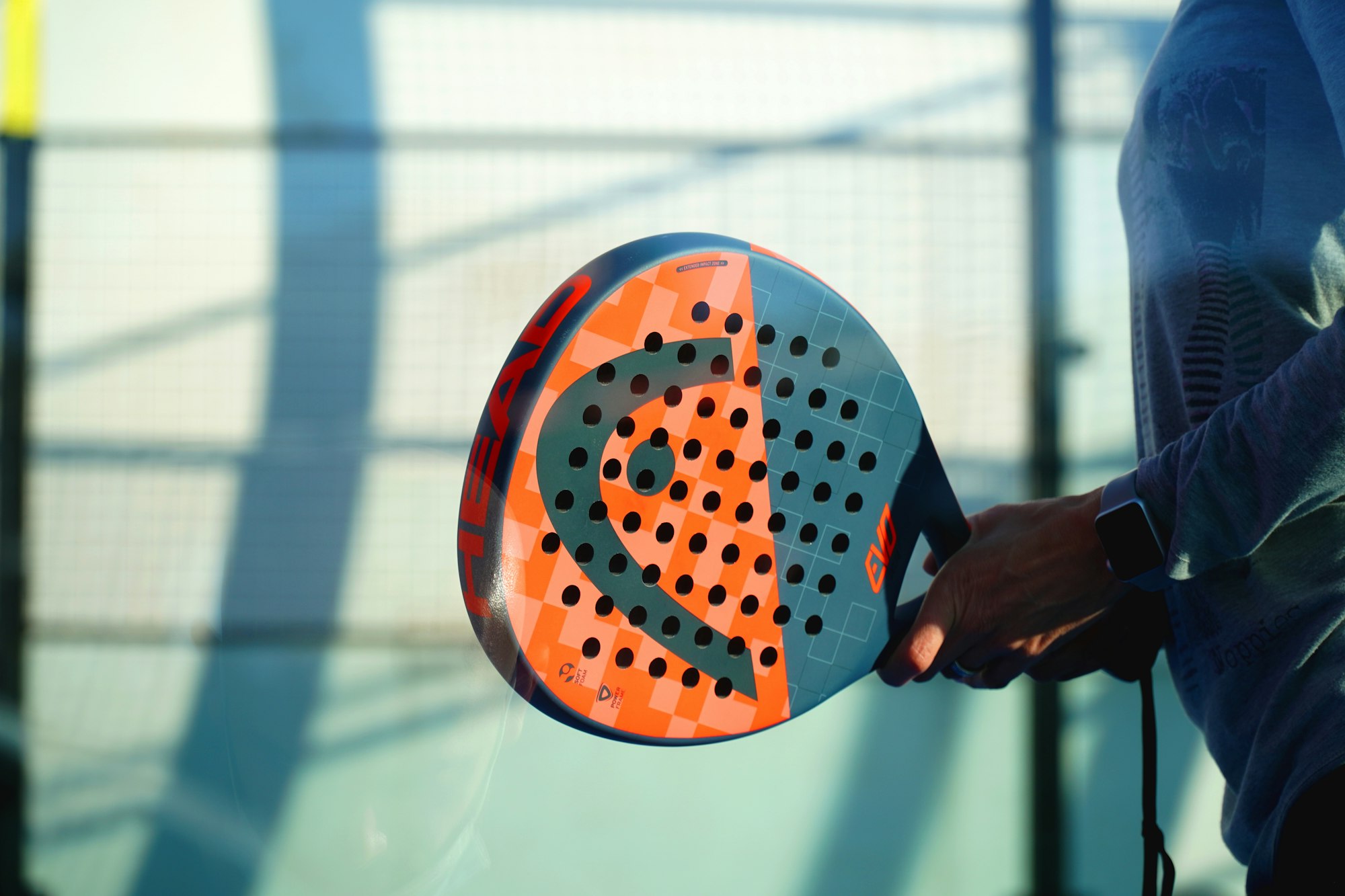




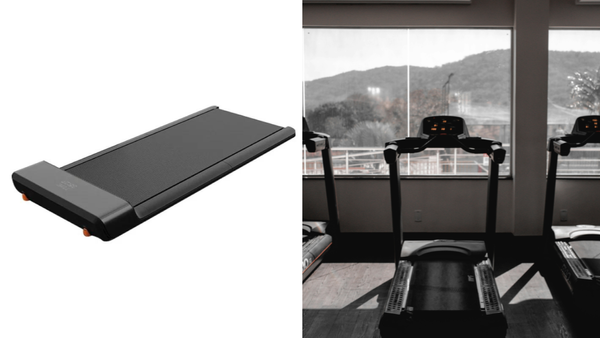




Member discussion